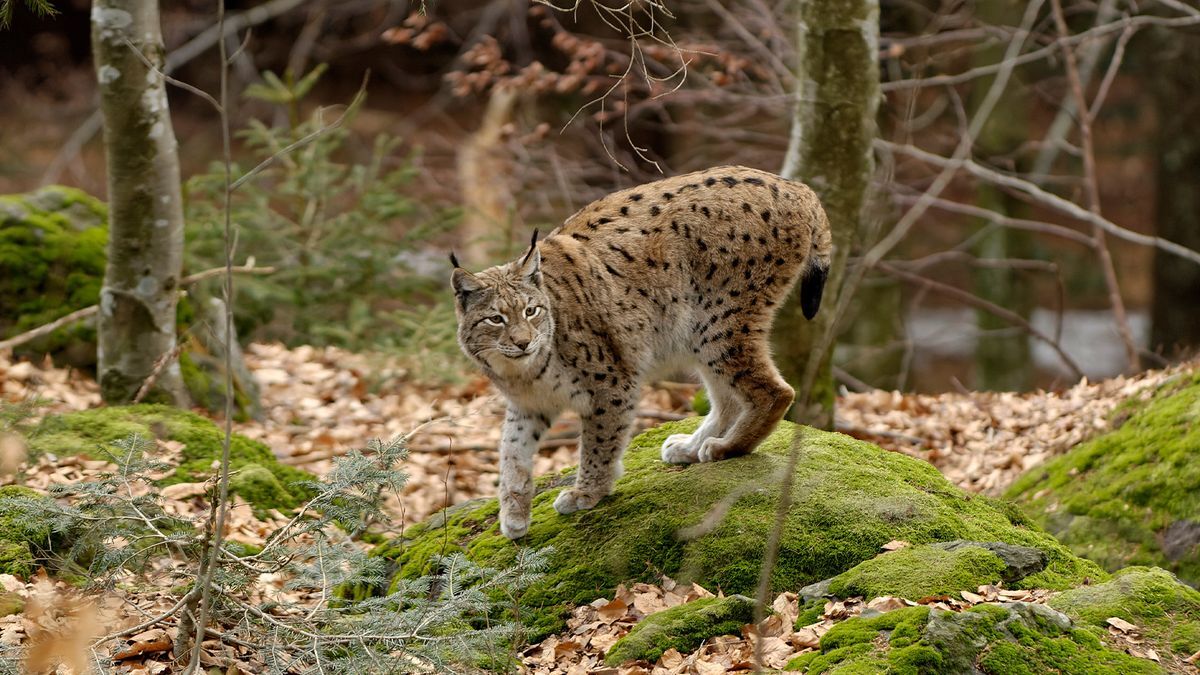The discovery of a lynx buried with four dogs at an early-medieval settlement in Hungary is confounding archaeologists, as these wild cats are rarely found in archaeological digs.
The fifth-to-sixth-century pit, which was about 4.6 feet (1.4 meters) deep, contained a complete lynx skeleton at the bottom and the skeletons of four dogs — the size of present-day pointers or German shepherds — layered on top of it. Possible interpretations of the unique find, such as a hunting accident and a lynx cult, are detailed in a new study published March 21 in the International Journal of Osteoarchaeology.



Oh, you!